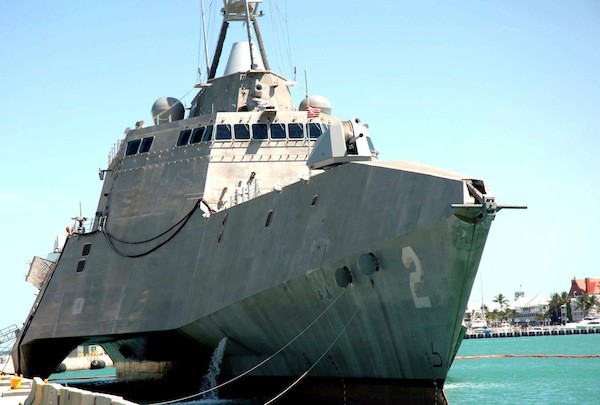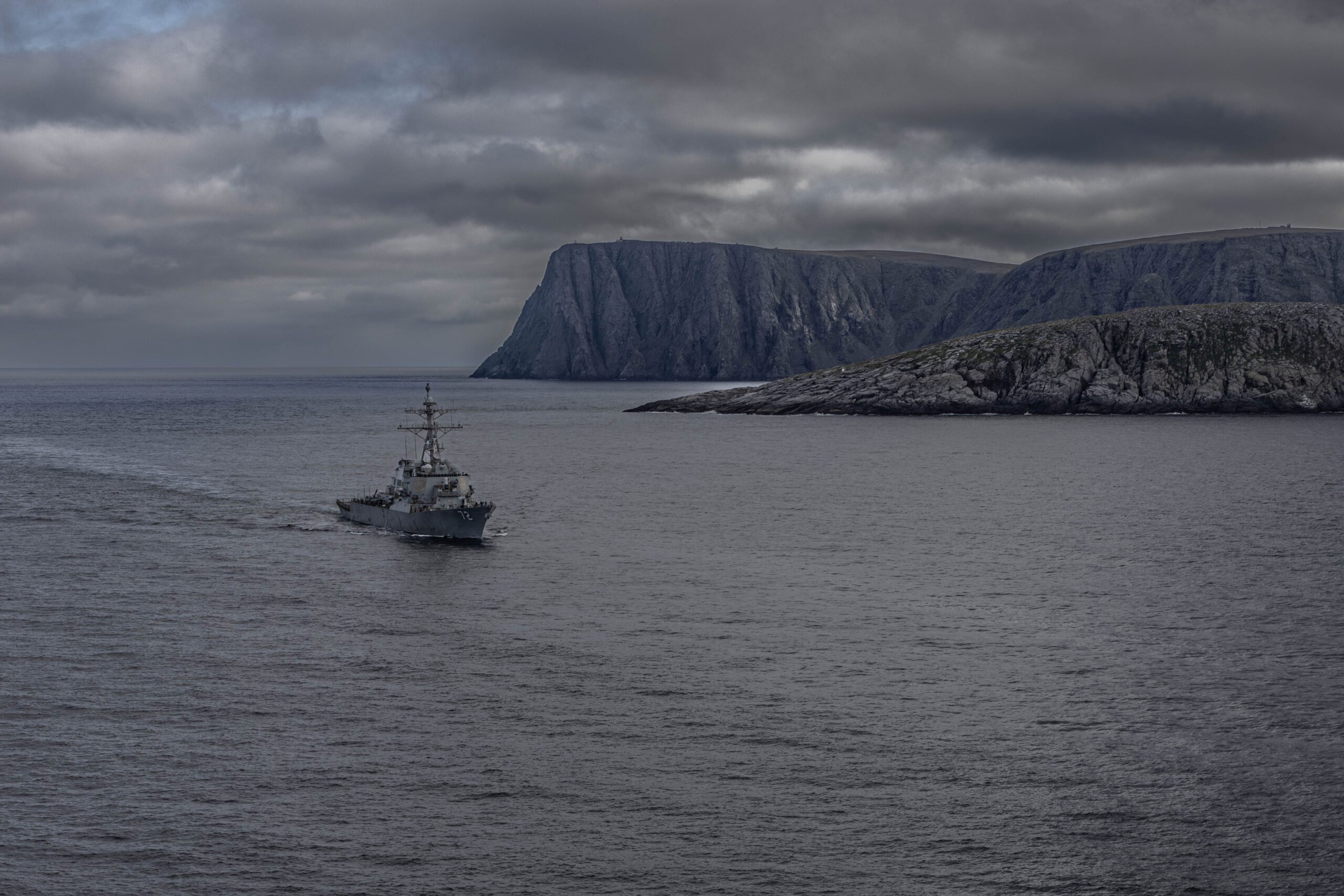
U.S. Navy photo by Lt. Zachary Harrell/Released
You may have seen recently that Austal, a designer and manufacturer of high performance aluminium vessels including a number of vessels for the U.S. Navy, released this press release titled “Corrosion in Warships” addressing “galvanic corrosion” in the Littoral Combat Ship, USS Independence (LCS-2). At the time I didn’t think much of it and, in fact, did not cover it here on gCaptain. It wasn’t until someone passed along an article from Wired and read this article from Bloomberg that I understood the extent of the problem and Austal’s stance on the “aggressive corrosion” issues found on the U.S. Navy’s newest warship.
Read below on how the USS Independence just may be dissentegrating. Literally.
Corrosion is a $23-billion-a-year problem in the equipment-heavy U.S. military. But Independence‘s decay isn’t a case of mere oxidation, which can usually be prevented by careful maintenance and cleaning. No, the 418-foot-long warship is basically dissolving, due to one whopper of a design flaw.
There are technical terms for this kind of disintegration. Austal USA, Independence‘s Alabama-based builder, calls it “galvanic corrosion.” Civilian scientists know it as “electrolysis.”It’s what occurs when “two dissimilar metals, after being in electrical contact with one another, corrode at different rates,” Austal explained in a statement.
“That suggests to me the metal is completely gone, not rusted,” naval analyst Raymond Pritchett wrote ofIndependence‘s problem.
Independence‘s corrosion is concentrated in her water jets — basically, shipboard versions of airplane engines — where steel “impeller housings” come in contact with the surrounding aluminum structure. Electrical charges possibly originating in the ship’s combat systems apparently sparked the electrolysis.
It’s not clear why Austal and the Navy didn’t see this coming. Austal has built hundreds of aluminum ferries for civilian customers. The Navy, for its part, has operated mixed aluminum-and-steel warships in the past.
But Independence — the Navy’s first triple-hull combatant — could be a special case for both the builder and the operator. For all Austal’s chops building civilian ferries, the Australian company is new to the warship business. Austal set up shop near Mobile in 1999. Today, the shipyard has contracts to build 10 LCS plus several catamaran transports for the Navy.
Keep reading at Wired.com
Despite these issues, Austal maintains “galvanic corrosion has not been a factor on any Austal built and fully maintained vessel, and our technical experts are eager to support any request to identify root causes of any corrosion issue in any aluminum naval vessel in service today.” It will be interesting to see this story develop.

 Join The Club
Join The Club











